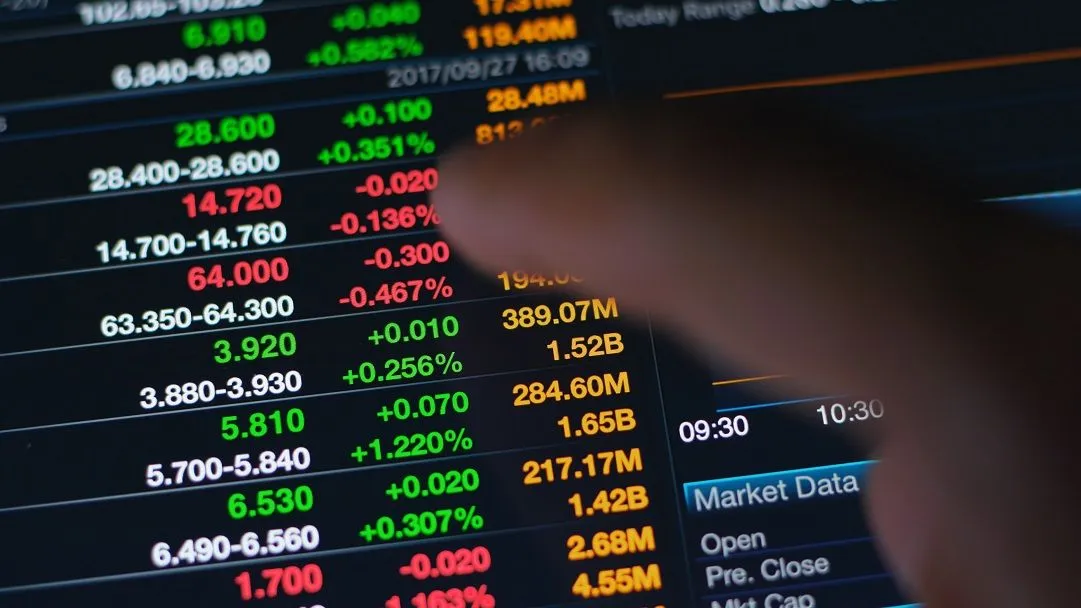An all-or-none (AON) order and a fill-or-kill (FOK) order are two types of orders that investors use to place transactions in the stock market. AON and FOK orders help investors manage their risk by providing greater control over when and how transactions occur, including the ability to cancel them if certain conditions are unmet.
AON vs FOK
An AON order is an instruction to a broker or financial institution to buy or sell a set quantity of securities, but only if all of it can be executed simultaneously. This type of order allows an investor to specify the number of shares they want to purchase without breaking the transaction into smaller orders. By limiting the transaction to a single order, the investor can ensure their desired price is met. An AON order also helps investors manage their risk by allowing them to set limits on the maximum amount they will pay or receive for a stock.
A FOK order is similar to an AON, but with one crucial difference: it must be executed immediately and in its entirety. The entire order will be cancelled unless the shares cannot be purchased or sold immediately. This type of order gives investors more control over their transactions and helps them avoid slippage (the difference between their desired price and the actual purchase price). It also reduces the risk of having too many shares on one side.
The main difference between AON and FOK orders is that AON orders allow investors to specify a limit on how much they are willing to pay for a stock. Still, FOK orders require immediate execution and cannot be cancelled if the shares cannot be purchased or sold immediately. In addition, FOK orders provide greater control over when transactions occur. Both types of orders can help investors manage their risk, but it’s essential to understand the differences to choose the most appropriate one for each transaction.
An investor must also consider fees associated with placing AON and FOK orders before deciding which type is best for them. Brokers typically charge a commission for placing AON orders, but some brokers may offer discounts for more significant transactions. FOK orders usually come with higher fees due to their immediacy and the fact that they cannot be cancelled if only part of them can be executed.
The other types of orders used by stock trades
When trading stocks, investors have many different types of orders at their disposal. Market orders are the most common type and involve buying or selling a security at the current market price. Limit orders specify a specific price an investor will pay for or accept from selling a security. Investors use stop-loss orders to limit potential losses by automatically cancelling orders when they reach a certain price level.
Fill-or-kill (FOK) and all-or-none (AON) orders provide more control over when and how transactions occur. FOK requires that all shares be purchased or sold immediately, while AON limits the transaction to a single order with the specified maximum amount that can be paid or received for a stock. Furthermore, investors can also use good-till-cancelled (GTC) orders which remain active until either filled by the broker or manually cancelled by the investor.
Investors may also place Day and Extended Hours Orders. Day orders are placed during regular trading hours and are automatically cancelled unless executed at the end of the day; extended-hours orders stay active even after regular trading hours. Additionally, they can use Directed Orders to specify which market makers they want their order routed to and People’s Orders which allow them to buy or sell securities anonymously on exchanges such as NASDAQ OTCBB.
Finally, investors can also use Exchange Traded Funds (ETFs), which allow them access to many different stocks in a single fund; these funds trade like any other stock on an exchange and diversify their portfolios without buying multiple securities separately. In order to start trading ETFs, make sure to contact a reputable Saxo Bank broker.
The final word
Ultimately, deciding to use an AON or FOK order depends on the investor’s goals and risk tolerance. While both orders provide greater control over when and how transactions occur, they each have advantages and disadvantages. By understanding these differences, investors can better manage their risk and ensure their desired price is met when buying or selling stocks.

